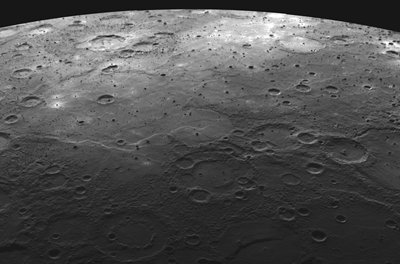 Planet Mercury is the planet that is considered as the closest to the sun and orbits the star for about an average distance of 57.9 million km. It can make a complete trip around the sun for a period of 88 days. Now that Planet Pluto is already referred to as a dwarf planet, Mercury has already been tagged as the smallest planet present within our solar system. Its diameter is only measured at about 4879.4 km but despite the fact that it is too small, its density, which is measured at around 5.4 grams per centimeter cube, ranked as the second highest among the planets within the solar system.
Planet Mercury is the planet that is considered as the closest to the sun and orbits the star for about an average distance of 57.9 million km. It can make a complete trip around the sun for a period of 88 days. Now that Planet Pluto is already referred to as a dwarf planet, Mercury has already been tagged as the smallest planet present within our solar system. Its diameter is only measured at about 4879.4 km but despite the fact that it is too small, its density, which is measured at around 5.4 grams per centimeter cube, ranked as the second highest among the planets within the solar system.
When compared to planet Earth, that density measurement is only a bit lesser. If you would have the chance of standing on planet Mercury’s surface, you will realize that the gravitational force in Mercury is only 38% of what you experience on planet Earth.
Images of planet Mercury taken from a spacecraft that flew within it, one can say that it is hard to differentiate planet Mercury from the Earth’s moon. The two may be described as both airless and rocky worlds that are covered by impact craters. Mercury is said to have no real atmosphere for the heat of the sun to hold just like the moon. Because of this, the planet’s side that faces the sun has its temperature rising to 700 Kelvin, while the temperature of that side that faces away from the sun goes down to only about 80 Kelvin. There is also a huge possibility that craters in the planet Mercury’s southern and northern poles have within them reservoirs of ice bathed in eternal shadows.
